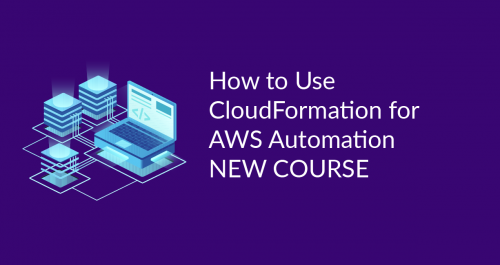
Cloud Academy – How to Use Cloudformation for AWS Automation-STM
English | Size: 434.16 MB
Category: Tutorial
Modern IT infrastructures can be quite complex and are usually built from many distinct components: computing instances, load balancers, storage volumes, CDNs, caching nodes, one or more database clusters, etc. You need to set up each component specifically for the environment that you are using (like production, staging, development, etc.), to keep them updated and to remove or swap components due to software changes. CloudFormation is a great tool that helps system administrators by managing these details automatically.
In this course, CloudAcademy’s Senior DevOps Engineer, Antonio Angelino, will discuss how AWS CloudFormation works and how you can use it to build scalable infrastructures. AWS CloudFormation allows you to easily create sets of cloud resources such as Amazon EC2 instances, CloudFront distributions, RDS database instances, and other services by just writing a template file.
Intended Audience
This is an intermediate-level course, so you should have some experience with AWS and its basic services like EC2, ELB, AutoScaling, and RDS. Also, some knowledge of high availability concepts, the JSON file format, and WordPress would be helpful to understand the ideas behind the practical part of the course and the template’s syntax.
If you need to learn more about the AWS services cited here, please check our collection of AWS courses, in particular, the courses about EC2 and RDS. Also, if you want to test your knowledge on the basic topics covered in this course, check out our AWS questions.
DOWNLOAD:

